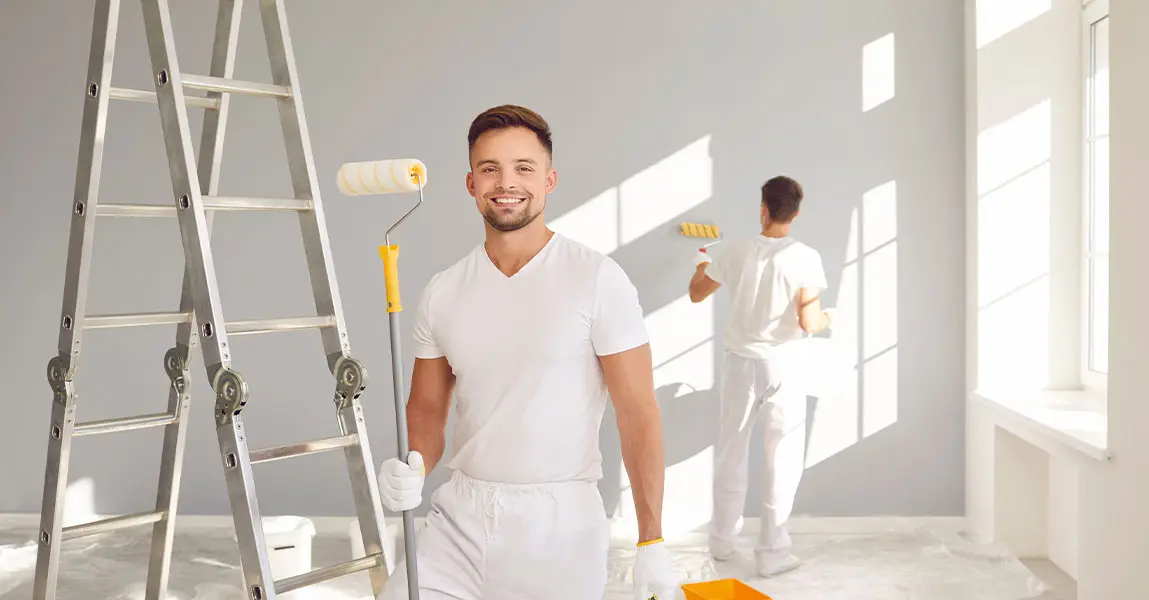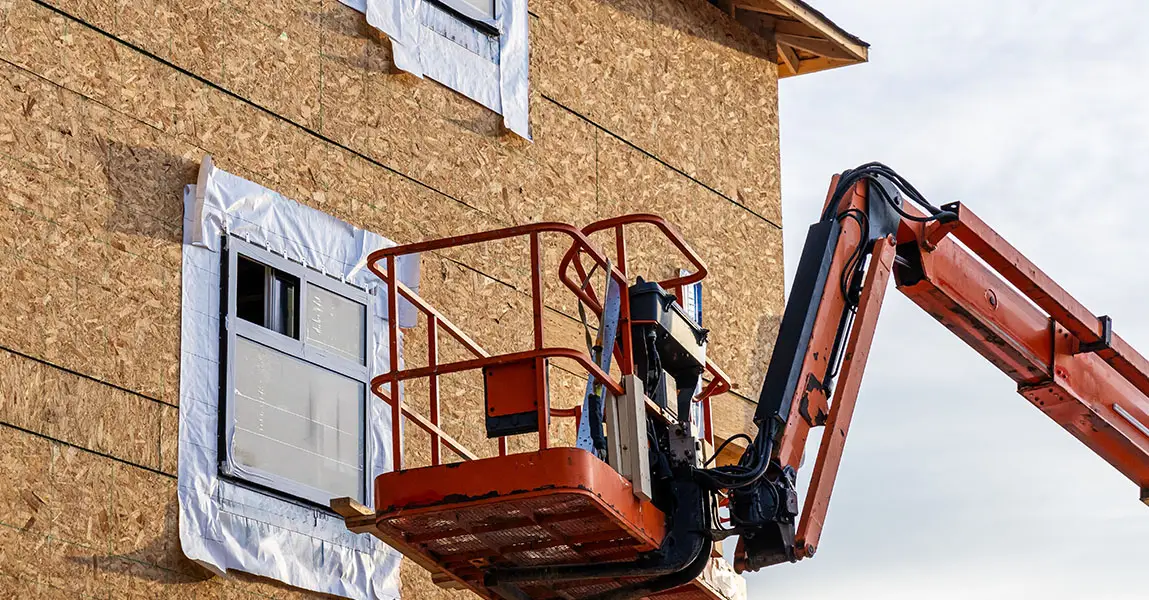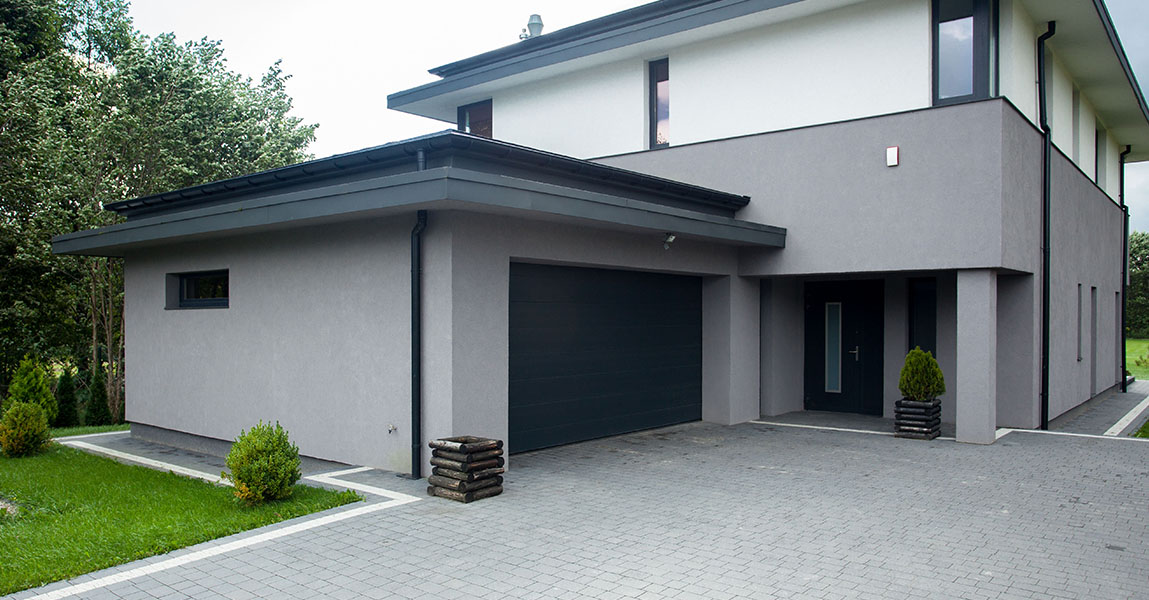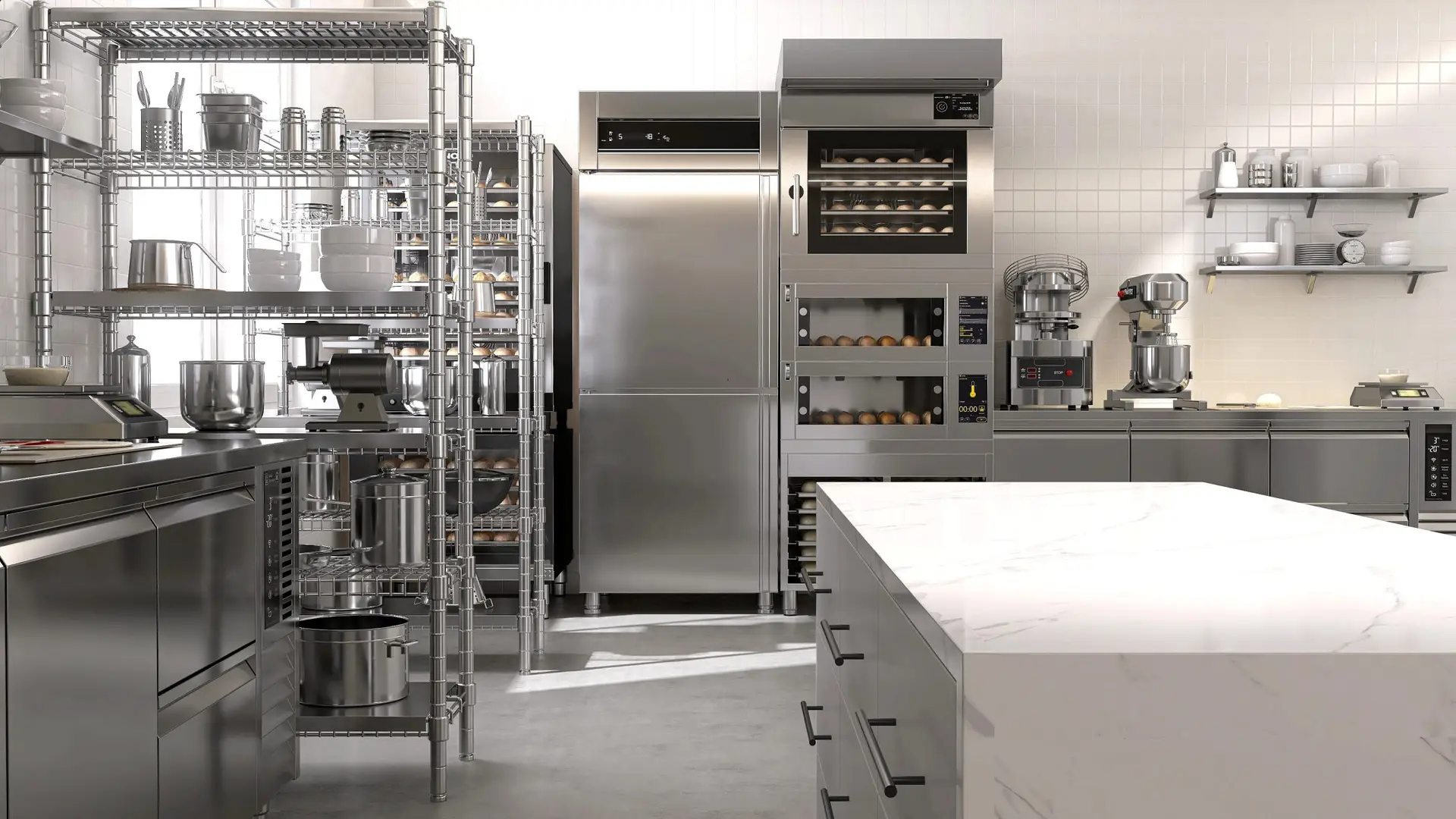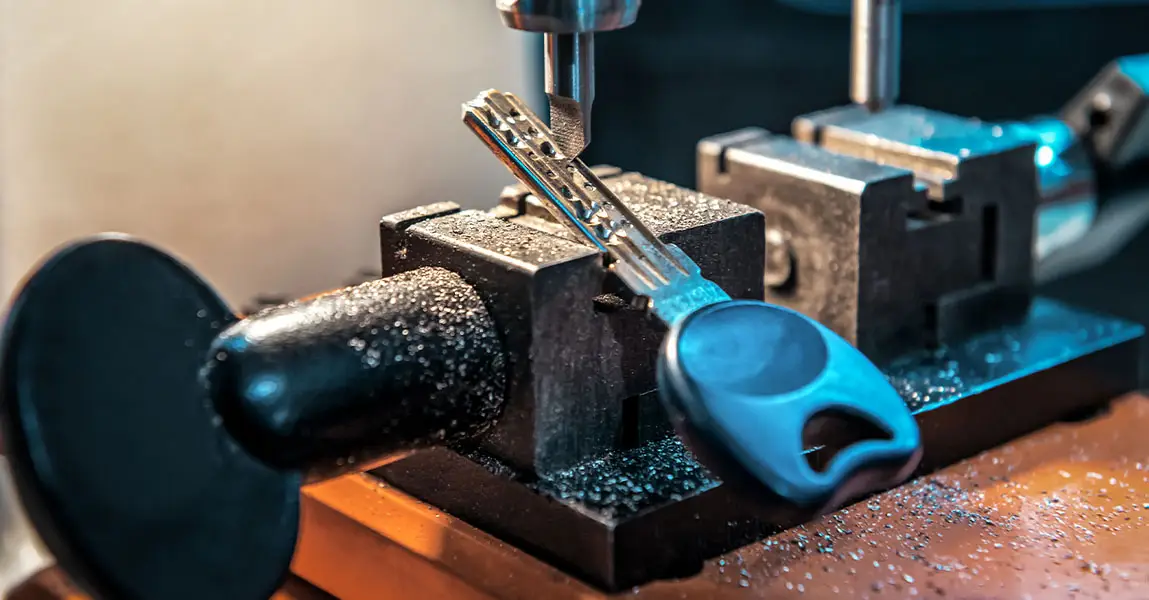Rethinking Renovation with the Planet in Mind
Sustainability isn’t just a buzzword anymore, it’s a necessary shift in how we live, build, and renovate. Homeowners in Calgary are becoming increasingly mindful of the long-term impact their homes have on energy use, waste, and environmental health. Therefore, choosing eco-friendly upgrades is no longer a niche choice. It’s a smart investment.
Whether you’re planning a full home remodel or looking for a few impactful updates, sustainable renovation offers practical benefits. You can reduce utility bills, improve indoor air quality, and boost your home’s future value. In other words, sustainable choices help both your home and the world beyond your front door.
Upgrade to Energy-Efficient Windows and Doors
Old windows and poorly insulated doors can be a major source of energy loss. During Calgary’s cold winters, this means your heating system has to work harder, which translates into higher bills and more carbon output. Consequently, replacing these with double or triple-pane energy-efficient windows can make a noticeable difference.
To clarify, these modern windows are designed to keep the warmth inside during winter and block heat during summer. This helps maintain consistent temperatures with less reliance on your HVAC system. Likewise, properly sealed exterior doors with weather stripping and insulated cores also improve comfort and efficiency.
In addition to saving energy, this update can reduce outside noise, improve security, and add to the overall appeal of your home. It’s one of the most practical starting points for anyone seeking Renovation Services in Calgary.
Choose Low-VOC or Natural Finishes
Paints, sealants, and adhesives often contain volatile organic compounds (VOCs) that release harmful gases into the air. This not only impacts your immediate air quality but can also lead to long-term health issues. However, you can now find many brands offering low-VOC or VOC-free products that perform just as well as traditional options.
For instance, if you’re painting walls, updating cabinetry, or sealing floors, always opt for eco-labeled materials. These choices are especially important in bedrooms, kitchens, and spaces used by children or pets. Most importantly, they reduce indoor pollution and provide a healthier environment for everyone.
Natural finishes like beeswax polish or linseed oil-based stains also offer safer alternatives for wood surfaces. Similarly, limewash or clay-based plasters are breathable and biodegradable, making them excellent wall options for older homes.
Install Smart Thermostats and Efficient HVAC Systems
Smart thermostats help you control your home’s climate with precision. Even when you’re not at home, you can manage temperature settings remotely using an app. This kind of tech reduces unnecessary energy use and makes your home much more efficient.
For example, instead of heating the entire house at night, you can program zones to match your routine. Meanwhile, modern HVAC systems offer better filtration, quieter operation, and more efficient heating and cooling than older systems.
When paired together, these upgrades create a powerful combination for sustainable living. Most importantly, the reduced energy demand has a direct effect on your utility costs and carbon footprint. If you’re unsure about where to begin, you can always get in touch with a professional to explore your best options based on your home’s structure and age.
Prioritize Reclaimed and Locally Sourced Materials
Demolition and construction create significant waste, but reclaimed materials offer a practical and eco-friendly alternative. For instance, salvaged wood from barns or old flooring can be repurposed for new furniture, accent walls, or even structural framing. Likewise, old bricks, tiles, and fixtures can add character while reducing the need for new manufacturing.
In the same vein, choosing materials sourced locally reduces the environmental impact of long-distance shipping. This approach also supports regional businesses and keeps your renovation rooted in your community.
Using reclaimed materials doesn’t mean compromising on quality. Many older materials are extremely durable and have already stood the test of time. Most importantly, they add warmth and authenticity that mass-produced materials often lack.
Improve Water Efficiency with Simple Upgrades
Water is often overlooked during renovations, but small changes can lead to big savings. Firstly, replacing old faucets, toilets, and showerheads with low-flow or dual-flush models can cut down water usage significantly. These upgrades are easy to install and often pay for themselves within a year through utility savings.
Secondly, installing a greywater system is another advanced option for those doing full-scale renovations. This system reuses water from sinks or showers for flushing toilets or irrigating gardens. While it may require some initial planning, the long-term benefits are substantial.
Rainwater collection is also growing in popularity. For instance, you can install a simple barrel system to capture runoff from your roof. This water can then be used for outdoor needs, helping you conserve municipal resources during Calgary’s drier months.
Insulate for Year-Round Comfort
Proper insulation is one of the most essential components of a sustainable home. In older Calgary houses, attics, basements, and wall cavities often lack sufficient insulation, leading to energy loss. However, modern eco-friendly materials make it easier to upgrade without compromising on safety or sustainability.
Options like cellulose insulation made from recycled paper, or sheep’s wool, offer excellent thermal properties. Likewise, rigid foam and spray foam options are becoming more efficient and eco-conscious as technology improves.
Better insulation means your heating and cooling systems don’t have to work as hard. Therefore, you reduce both your energy bills and your carbon emissions. As a bonus, insulation also improves soundproofing, which can make your home feel more peaceful overall.
Switch to LED Lighting and Efficient Fixtures
Lighting might seem like a small detail, but it has a significant impact over time. Traditional incandescent bulbs waste a lot of energy as heat. In contrast, LED lights use a fraction of the energy and last up to 25 times longer.
Moreover, LED lighting options now come in a wide range of colors and styles. This makes it easy to upgrade both your interior ambiance and energy efficiency. You can also install motion sensors, dimmers, and timers to further reduce consumption.
Similarly, efficient appliances with Energy Star ratings can greatly reduce your home’s electrical load. This is especially relevant in the kitchen and laundry room, where high-use appliances account for a large portion of energy usage.
Design for Passive Solar Gain
Passive solar design takes advantage of Calgary’s abundant sunlight to naturally warm your home. This is most effective during winter when the sun is low in the sky. Large south-facing windows allow sunlight to enter and warm interior surfaces like floors or walls.
To enhance this effect, choose materials with high thermal mass—such as stone or concrete—that absorb and store heat. During the day, these materials gather warmth, which is then released slowly as temperatures drop at night.
Window coverings also play a role. Heavy drapes can block heat loss at night, while light-colored blinds can reflect summer heat. Therefore, passive solar strategies not only reduce heating costs but also create a more comfortable living space.
Build with Flexibility and Longevity in Mind
Sustainable renovation is not just about materials—it’s also about how you design your space. For example, creating rooms that can serve multiple purposes allows your home to adapt as your needs change. A guest room might double as a home office, or a finished basement can serve as both a lounge and a rental unit.
Likewise, choosing timeless finishes rather than trendy details helps your renovation stand the test of time. This reduces the need for future updates and prevents waste from repeated overhauls. Above all, focusing on quality over quantity ensures that your home functions well for decades to come.
Even details like durable flooring, modular shelving, and accessible layouts contribute to the longevity of your home. When done thoughtfully, sustainable design isn’t just better for the environment, it also saves money and effort in the long run.
Think Beyond the Interior
Exterior updates can be just as important as what happens inside. For instance, installing native plants that require less water and maintenance can transform your yard into a sustainable landscape. These plants are adapted to Calgary’s climate and attract beneficial pollinators like bees and butterflies.
At the same time, replacing grass with ground cover or gravel in unused areas reduces the need for mowing and watering. This makes your outdoor space more efficient and easier to maintain.
Adding features like permeable paving helps manage stormwater runoff, which is especially helpful in dense urban areas. Likewise, green roofs or solar panels can make even more use of your exterior space while offering long-term benefits.
FAQ
What is the easiest way to start making my home more sustainable?
Start small with energy-efficient lighting and low-flow water fixtures. These changes are affordable, easy to install, and offer quick returns on energy and water savings.
Are sustainable renovations more expensive than traditional ones?
Not always. While some eco-friendly materials have higher upfront costs, they often save money in the long term through lower utility bills and reduced maintenance.
Can I make my older Calgary home more energy-efficient?
Yes. Older homes benefit significantly from insulation upgrades, window replacements, and modern HVAC systems. These improvements can be made gradually if a full renovation isn’t feasible all at once.
Is it worth installing solar panels in Calgary?
Calgary gets plenty of sun, so solar can be a good investment depending on your home’s layout. Panels are most effective on south-facing roofs with little shading from trees or buildings.
How can I make sure my renovation choices are really eco-friendly?
Look for certifications like Energy Star, FSC for wood, or Greenguard for indoor air quality. Also, ask suppliers and contractors about the sourcing and longevity of materials they use.



